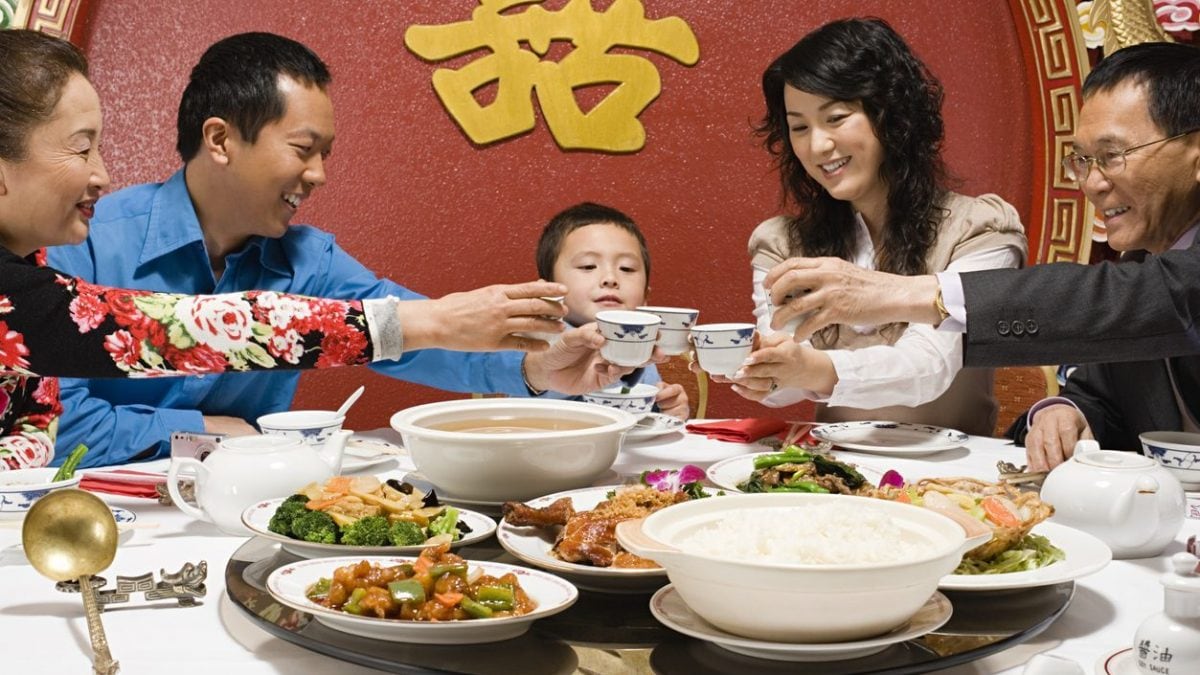
In Chinese restaurants there are two groups of ingredients that you will never find: cheese and dairy products. Maybe you have never noticed, even if you are a regular at this type of restaurant, but dairy products and cheese are practically unused in this type of cuisine. But why don't Chinese eat cheese? Let's look at this curious story together because the reason is partly cultural, partly biological.
It's All Due to a Generic Mutation
The Chinese hate cheese for cultural reasons and these cultural reasons have had an impact on the biology of the population. In China, cheese and dairy products are ostracized because for centuries they were consumed only by the barbarians of the Han, an ethnic group that was numerically dominant but relegated to the margins of society. The prejudice against these products has been reflected in traditional cuisine and continues to this day. Because of this contempt, many inhabitants of Southeast Asia are lactose intolerant and therefore do not digest milk and dairy products perfectly. Their bodies have become unaccustomed to "eating" milk and so evolution has made them lose the enzyme.

Why does this happen? Lactose is a sugar made up of glucose and galactose: when we are small (and like us, all mammals), our intestine produces lactase, the enzyme that breaks down breast milk and helps us digest it. In reality, this ability is lost or weakens naturally over time, in everyone: when it is completely lost, we become lactose intolerant. The ability to digest this sugar is a genetic mutation: we are the "strange ones", not the Asians. As the Post writes, it is thought that the mutation occurred about 7,000 years ago in Europe thanks to the ability of our ancestors in pastoralism: those who were able to drink milk and eat cheese had more food available and, consequently, were more likely to survive. The genes passed on to their children created this mutation. The ability to digest milk is common in the West, the Middle East and Africa: three areas founded on breeding and pastoralism. In China, on the other hand, ancient populations ate soy and tofu, these were the main proteins used, so there was never a need for genetic mutation. In those areas, lactose intolerant people are almost 90% of the population, a huge figure, a percentage three times higher than in Europe. However, things are changing in recent years.
Modern China has opened up to the rest of the world and the government is encouraging citizens to consume more milk. There are advertisements and TV programs that talk about the incredible beneficial qualities of this product and its derivatives. At the same time, it invites large Western multinationals to penetrate the Chinese market, a market worth 52 billion dollars. This campaign began several years ago and in 2017 China broke through the 100,000 ton mark of imported cheese. But weren't they intolerant? What do they do with it? They are still intolerant but the percentage of people who don't eat it is decreasing year after year. Obviously they are preferring cheeses that have little or no lactose, like parmesan. In the end, whether the population is intolerant or not matters little to the government: these campaigns are made for the wealthy classes. Rich Chinese travel all over the world and have tasted French and Italian delicacies, they don't want to deprive themselves of them once they return home.

There is also another factor linked to the spread of cheese in China and this concerns us directly: China is becoming one of the nations where people eat the most pizza (and consequently mozzarella). Pizza Hut recently opened its 3,000th restaurant in China; Domino's Pizza has 420 locations. To these two giants we must add all the "classic" pizzerias, those with one location and all the Italian restaurants that have a pizzeria in their own building. We are not just talking about quantity but also quality: in the Asia-Pacific section of the 50 Top Pizza, the reference ranking for that sector, there are 9 Chinese pizzerias (the second most represented nation after Japan).
Mozzarella imports alone account for 40% of imported cheese, followed by spreadable cheese (23%) and cheddar (13%). The percentage of mozzarella is however destined to increase both due to the ever-growing passion of the Chinese for this product, and because the imports of spreadable cheese have been linked to the cheese tea trend, a cheese tea invented in Taiwan and also arrived in the United States. This trend is waning year after year and its peak was reached in 2018. Unfortunately, however, Chinese mozzarella does not come from our areas: New Zealand and Australia are the main exporters of mozzarella to China. A huge market that Italian companies hope to enter as soon as possible.
The interesting thing is the mutability of genetics: just as racism towards the Han and cultural heritage have blocked genetic mutation in China, the capitalism of the new Chinese model is "forcing" the population to eat cheese. Luckily there is pizza to save everything.
;Resize,width=767;)
